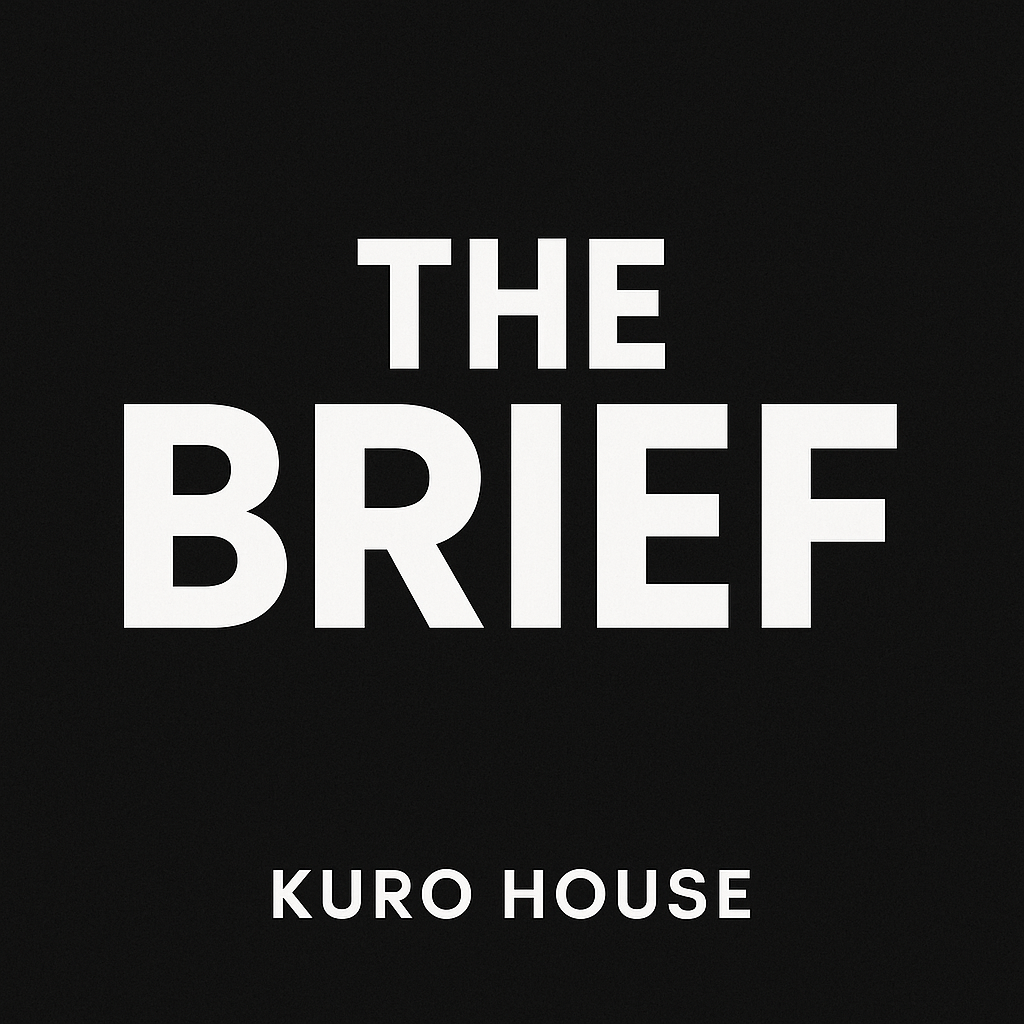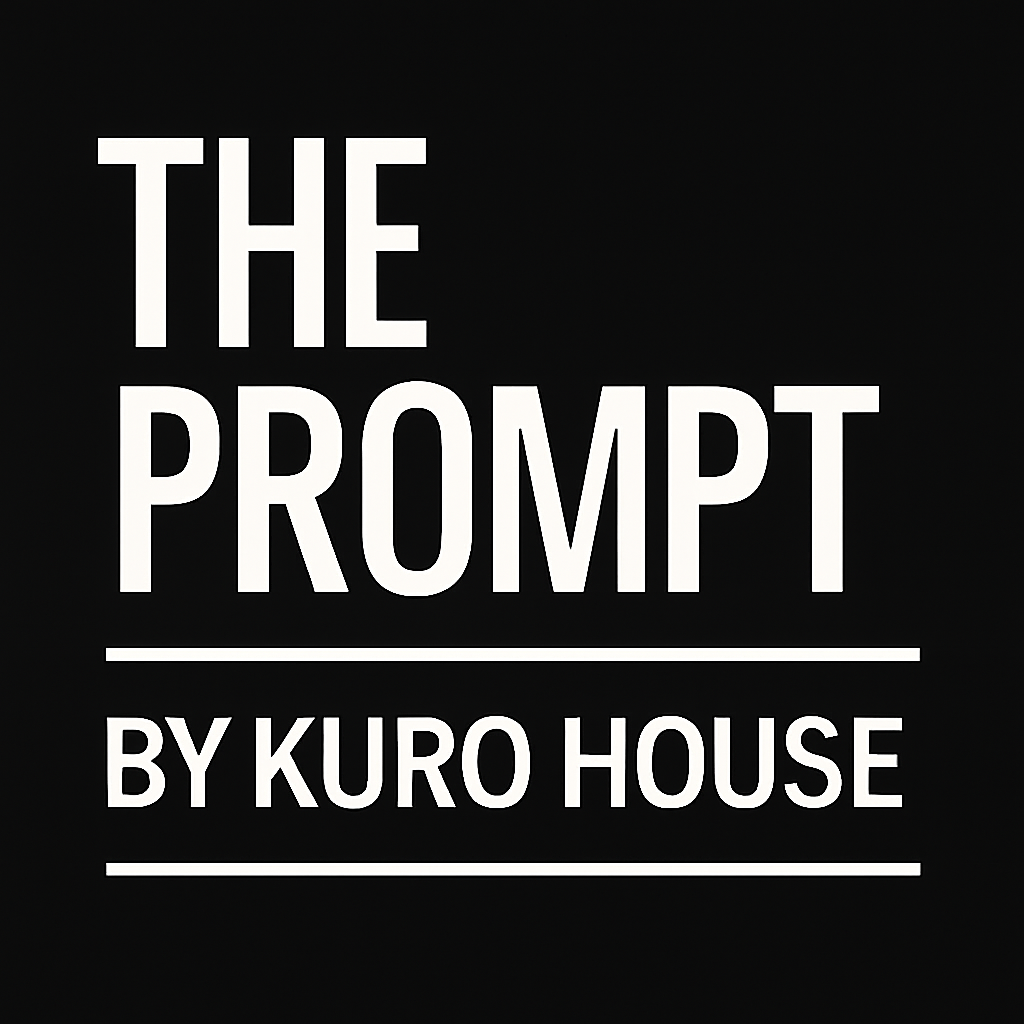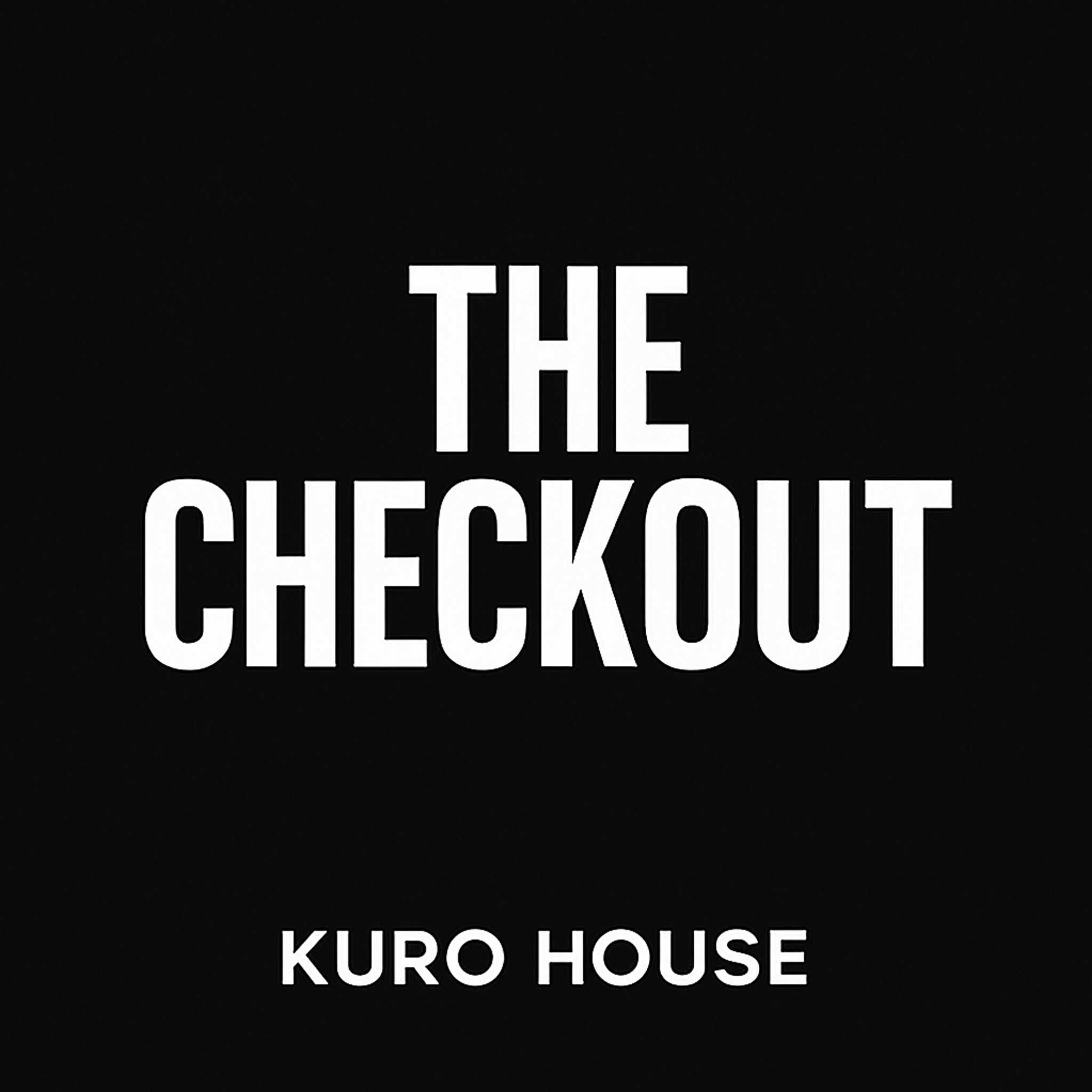Listen To The Show
Transcript
Welcome back to The Brief by Kuro House, your daily shot of what’s really moving the marketing world. Today, we’re diving into some seismic shifts in ad tech, creator monetization, and platform power plays—stories that will shape how you buy, sell, and think about media in the coming year. Let’s get sharp.
First up, a breakthrough from Google’s AdX unit that’s quietly rewriting the rules of programmatic buying. According to Digiday, Google’s Ad Exchange—long notorious for being a black box when it comes to rates—has started offering post-auction discount deals to media agencies. Since January, select agencies have been approached with a three-tiered discount program, with the most significant savings reserved for those spending at least $50 to $100 million through AdX. For years, agencies complained that Google’s dominant position meant they had little leverage or transparency, often not even knowing the exact percentage Google was taking from their investments. Now, Google is actively seeking agency feedback on new features and offering more direct agreements, discounts, and even commercial arrangements. This comes as Google faces mounting antitrust scrutiny in the U.S., with courts branding its ad tech and search businesses as monopolies. While agencies welcome the discounts, they note that incentives from other supply-side platforms are often more generous, so Google’s move is seen as a necessary step to stay competitive and win back some goodwill. Forrester’s Evelyn Mitchell-Wolf points out that this is Google “tentatively exploring” ways to shore up confidence among buyers—critical as the company tries to future-proof its supply-side business in a fast-evolving ad tech landscape.
Next, let’s talk about what could be the most disruptive development in the creator economy for 2026: YouTube’s dynamic brand insertions. As detailed in Digiday’s Future of TV Briefing, YouTube is preparing to test a feature that will let creators swap out sponsored segments in their videos—segments that are currently permanent—without taking down the content. This fundamentally changes how sponsorships are sold and valued. Until now, a brand’s sponsorship lived in a video forever, making pricing a gamble: creators had to estimate the long-tail value, often leading to higher upfront costs for advertisers. With dynamic insertions, creators can offer shorter-term deals and resell sponsorship slots in their back catalog, much like TV networks syndicate reruns. This could unlock an upfront marketplace for major creators, allowing them to sell sponsorships across entire channels for fixed windows—think MrBeast or Michelle Khare, whose older videos still draw millions of views. The shift will lead to more negotiation around pricing, exclusivity, and renewal rights, and may push down initial rates for non-permanent integrations. But it also opens up recurring revenue opportunities if brands are willing to pay for access to evergreen content. The catch? Creators will need to prove they can drive results to command premium rates, and the complexity of deal-making will increase as the market matures.
Switching gears to TikTok, there’s finally a little clarity—just enough to keep Q4 ad budgets from freezing. Digiday reports that TikTok’s ad execs are now telling marketers that nothing will change for the rest of 2025, despite the uncertainty over the platform’s future in the U.S. The Chinese government still hasn’t approved the proposed framework deal with Washington, which would see U.S. investors take majority control of TikTok’s domestic operations and license the algorithm. While the plan would put a new, American-majority board in charge, the details are still sketchy. Some agency leaders, like Go Fish’s Ethan Kramer, believe the transition will be more of an update than a full migration, but others warn of potential risks if the U.S. entity has to retrain the algorithm, possibly impacting ad performance and user engagement. Marketers are being told that any changes will come in 2026, but the lack of specifics has many brands hedging their bets for the all-important holiday season. The industry is essentially holding its breath, waiting to see if the deal holds—and whether TikTok can maintain its magic with U.S. users and advertisers if the handover happens.
Let’s take a moment to reflect on what ties these stories together. Whether it’s Google opening up its walled garden, YouTube giving creators new ways to monetize, or TikTok navigating geopolitical minefields, the common thread is the search for transparency, flexibility, and trust in a rapidly changing media ecosystem. Marketers and agencies are pushing for more control and clarity, while platforms are being forced—by competition, regulation, or necessity—to respond. The winners will be those who adapt fastest and build the most resilient, responsive partnerships.
That’s all for today’s Brief. Thanks for tuning in and staying ahead of the curve with us. We’ll be back tomorrow with more insights to keep your strategy sharp and your thinking fresh. Until then, keep questioning, keep learning, and keep leading.


